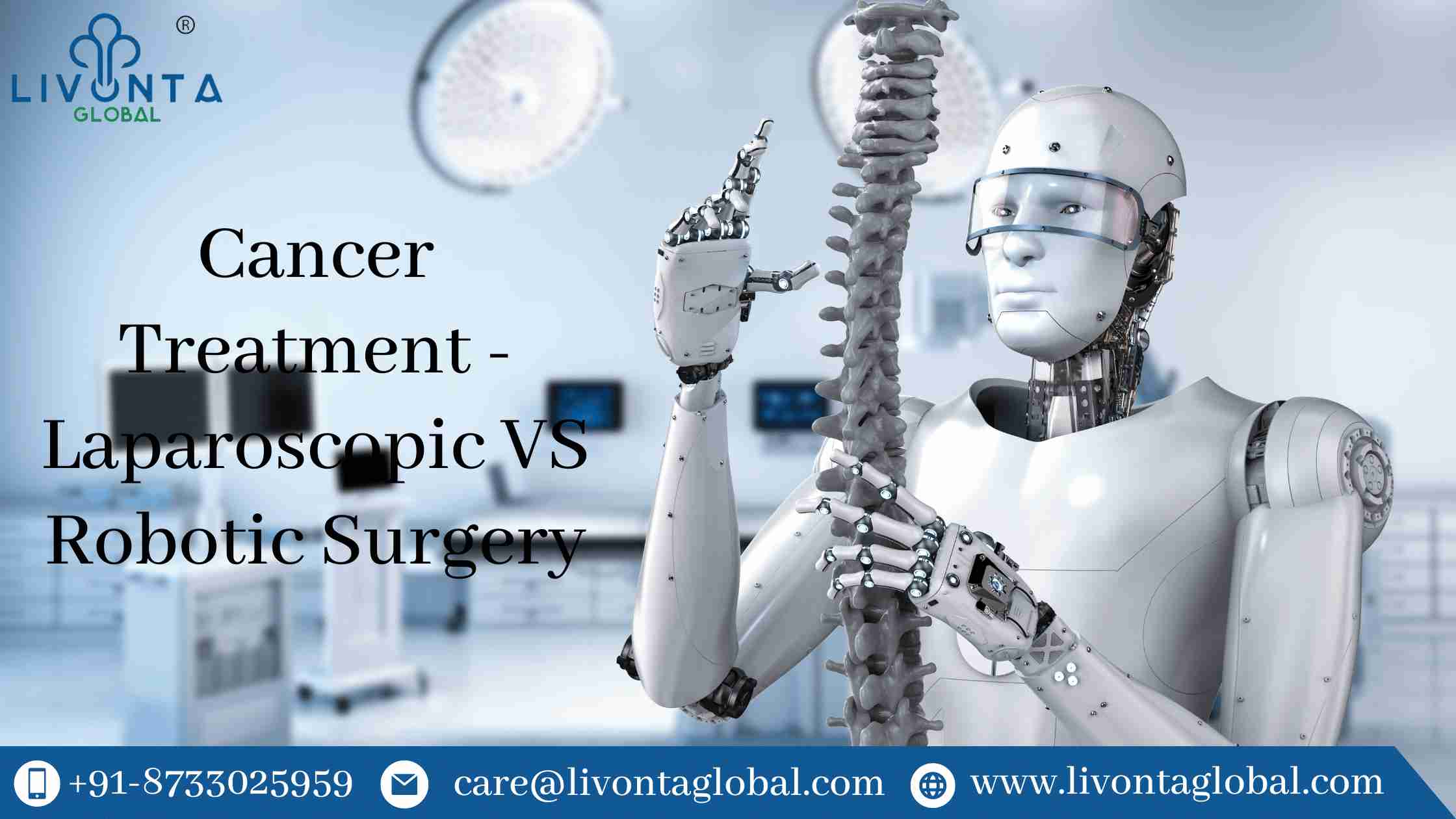
Cancer Treatment – Laparoscopic VS Robotic Surgery
Open surgery, when a surgeon made an incision in the patient’s body and then underwent a series of procedures to remove any benign or malignant tumours, was the standard of care in the past. The procedure took too long and frequently resulted in a high frequency of problems. However, minimally invasive techniques like laparoscopic surgery and robotic surgery can now be used to do cancer surgery. In the last approximately two decades, minimally invasive surgery has become increasingly popular – even for cancer treatment in India. In order to reach any significant target organ or the cancer site, these approaches need inserting a camera through a keyhole incision. These procedures are less uncomfortable and less likely to result in problems.
How are Laparoscopic and Robotic Surgeries similar?
Laparoscopic surgery and robotic surgery have a number of similar characteristics. The following are the most striking parallels:
- Both methods require fewer incisions than standard open surgery.
- For both surgeries, small cameras are used to provide a clearer picture of the operative area.
- Both of these surgeries require significantly smaller surgical equipment.
- Robotic surgery, however, has achieved technical advancements that make these procedures easier for doctors to do and for patients to recover from.
Differences between Laparoscopic and Robotic Surgery
With laparoscopic surgery, incisions are made in the abdominal (tummy) wall through tiny, minimally invasive keyholes. A laparoscope, a portable instrument that helps the laparoscopic surgeon navigate the body, is used throughout the procedure. Laparoscopic surgery employs a two-dimensional camera. Numerous illnesses, including but not limited to ovarian cysts, hernias, and various malignancies, are treated with it.
Advantages
- Reduces the risk of damage when performing the operation
- There is less need for anaesthetic medications because there is less pain and suffering during the healing process.
- Infection and wound problems are less likely to occur.
- Blood loss is decreased, and healing is expedited
- Patients can resume regular activities quickly with little discomfort and agony, and the cosmetic results are greater.
Robotic Surgery
Robotic surgery, also known as robot-assisted surgery, enables medical professionals to carry out a variety of complex and difficult procedures with more accuracy, adaptability, and control than is possible using conventional techniques. With the use of a console and a 3-dimensional camera, this procedure enables the surgeon to control the surgical instruments from outside the body of the patient. It allows surgeons to do surgery without compromising a patient’s essential organs or tissues because it allows them to see clearly within the body.
Many difficult surgical procedures, such as heart bypass surgery, liver transplantation, and prostate cancer surgery, are candidates for robotic surgery. Throughout a procedure, robotic surgery assists with efficiency, precision, and command.
Advantages
- Increases the range of motion
- The 3-dimensional camera provides a clearer view of the surgical site, results in less blood loss, and hastens recovery.
- Because the devices are intricate and can access places that a surgeon’s hand cannot in standard or laparoscopic surgery, there is precision in the movements as surgeon tremor is reduced.
- Less anaesthesia required both during and after surgery
Which one is better?
Which process of treatment is better depends on a number of factors, including the patient’s health, the surgeon’s surgical preferences and experience, the type of cancer that needs to be treated, time constraints, and the amenities and technology that are accessible. Patients choose laparoscopic surgery because there are fewer incisions needed and less discomfort. Robotic surgery, on the other hand, also provides better visibility and accuracy in the operating room with less challenges.
When it comes to choosing from these two in the case of cancer surgery, it depends on a number of variables, including the patient’s health situation, the surgeon’s preferences, surgical experience, the type of cancer, time restraints, and current technology. To receive treatment, you must speak with a facility that performs robotic and laparoscopic cancer surgery.
It is significant to highlight that both of these procedures are generally very successful. So, don’t be concerned about the surgical choice that you or your doctor decide on. Start your treatment at the best cancer treatment in India whether it is through robotic or laparoscopic cancer surgery.
Tags: Cancer Awareness, Robotic Surgery

